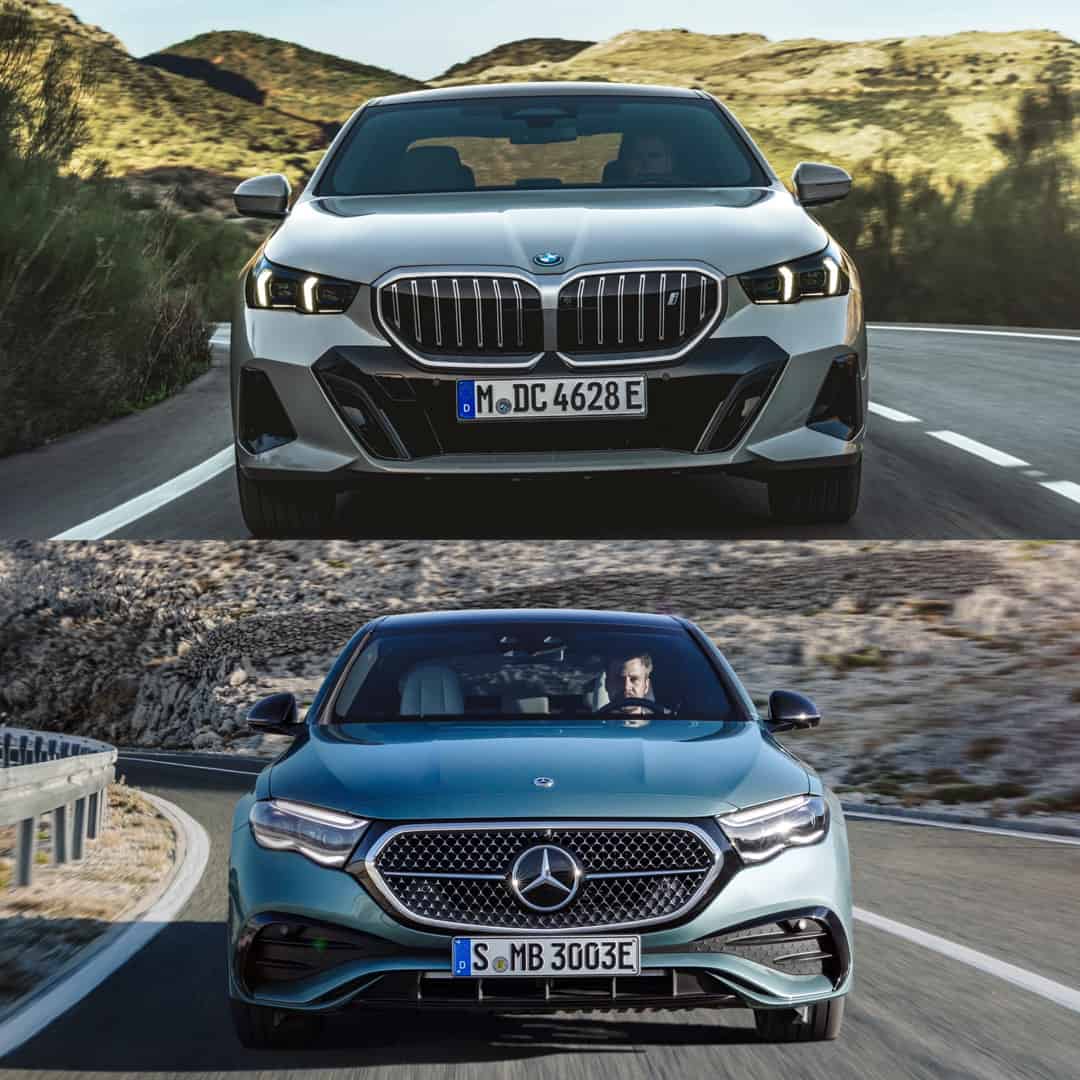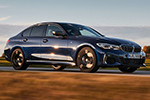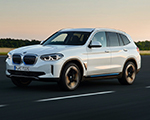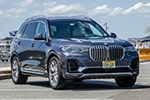BMW is holding firm to its position as the top-selling premium brand in the U.S., pulling ahead of both Mercedes-Benz and Audi in the first half of 2025. According to newly released sales data, BMW moved 178,499 vehicles through the first six months of the year—up 1.6% compared to the same period last year. Meanwhile, Mercedes-Benz saw a 6% drop with 142,000 units sold, and Audi fell even further, reporting a 12% year-over-year decline to just 81,951 units.
It’s a familiar but significant trend. While all three German automakers are adapting to shifting consumer demand, electrification, and macroeconomic pressure, only BMW has posted year-over-year growth.
Cars, Not SUVs, Are Leading BMW’s U.S. Growth
Interestingly, BMW’s 2025 momentum hasn’t come from its usual stronghold—SUVs—but rather from its car lineup. Passenger car sales are up 11.2%, totaling over 85,000 units so far this year. Only two nameplates—the 5 Series and 8 Series—have slipped, with the M8 having recently lost a few variants. Otherwise, the rest of the sedan and coupe lineup has been performing well. SUVs have seen a decline, with sales falling 5.9% to just over 92,000 units. That shift is noteworthy in an SUV-dominated market but hasn’t slowed the brand’s overall trajectory.
BMW’s electric vehicles remain steady. The brand’s EV sales are down just 0.7% year-to-date, with strong performances from the i4 (up 10.7%) and iX (up 3.9%). The i5 and i7, however, are down by 30.3% and 11% respectively.
Mercedes-Benz Faces a Mixed Picture
Mercedes-Benz trails BMW by over 36,000 vehicles in the U.S. market. Its 6% drop from last year is partly offset by a stronger second quarter—Q2 sales hit 74,600 units, an 11% jump from Q1. But van sales, long a reliable pillar for the brand, are down sharply. Through the first half of 2025, Mercedes sold just 15,700 vans—a 42% decrease from the previous year.
Audi Slips Further Behind
Among the three, Audi is clearly facing the steepest challenges. With sales down 12% to 81,951 vehicles in the first half of 2025, the brand is now less than half of BMW’s U.S. volume. The decline has been broad. Only three models—the A7, Q7, and Q8—posted sales growth this year. Audi’s mainstay Q5 is down 7%, and the R8 and TT have been phased out, explaining their near-total sales collapse.
Adding to the concern: Audi’s second-quarter performance was weaker than the first. The company sold over 42,000 vehicles in Q1 but just over 39,000 in Q2. Audi is in the midst of rolling out new models, including the Q6 e-tron and updated A5 family, which may help reverse its course. For now, though, the sales gap continues to grow.
A lot can still happen in the final six months of the year—especially with new EVs, economic uncertainty, and tariff dynamics in play—but for now, BMW is comfortably leading the luxury pack in the United States.







































































